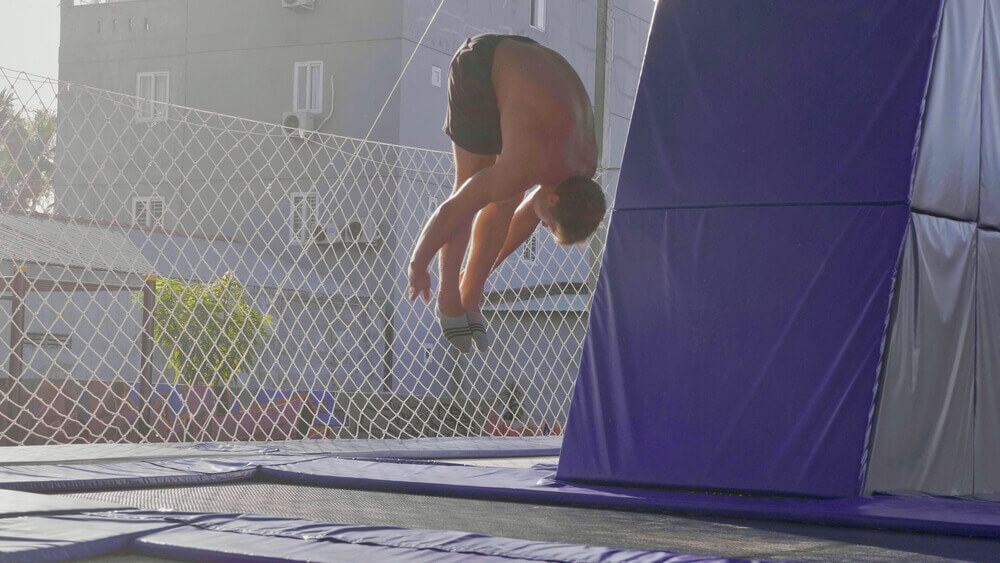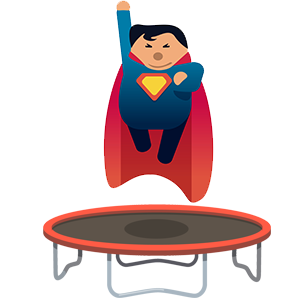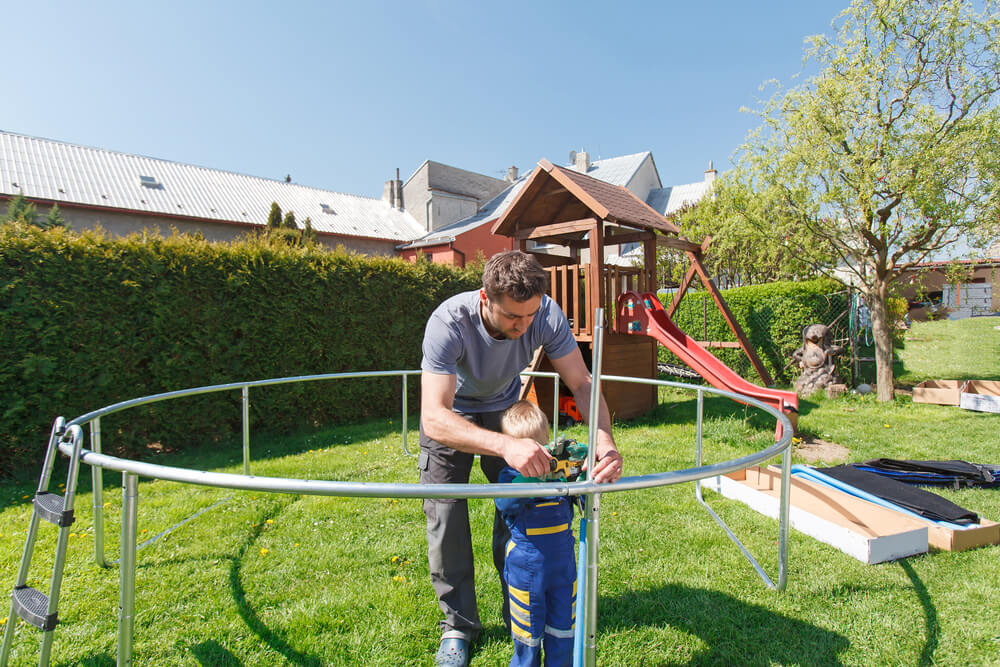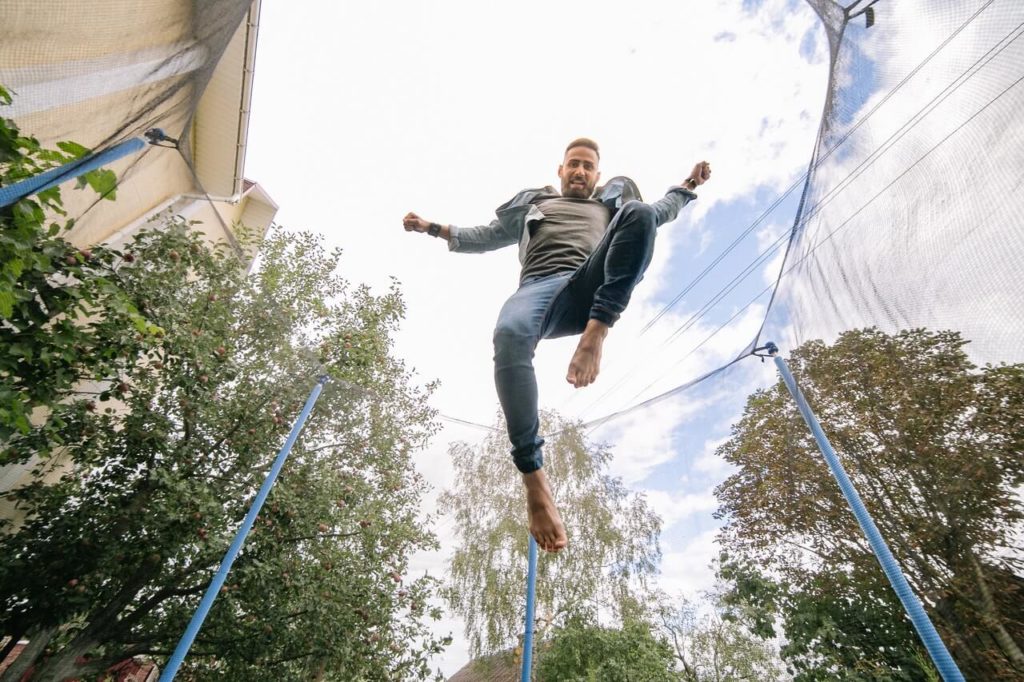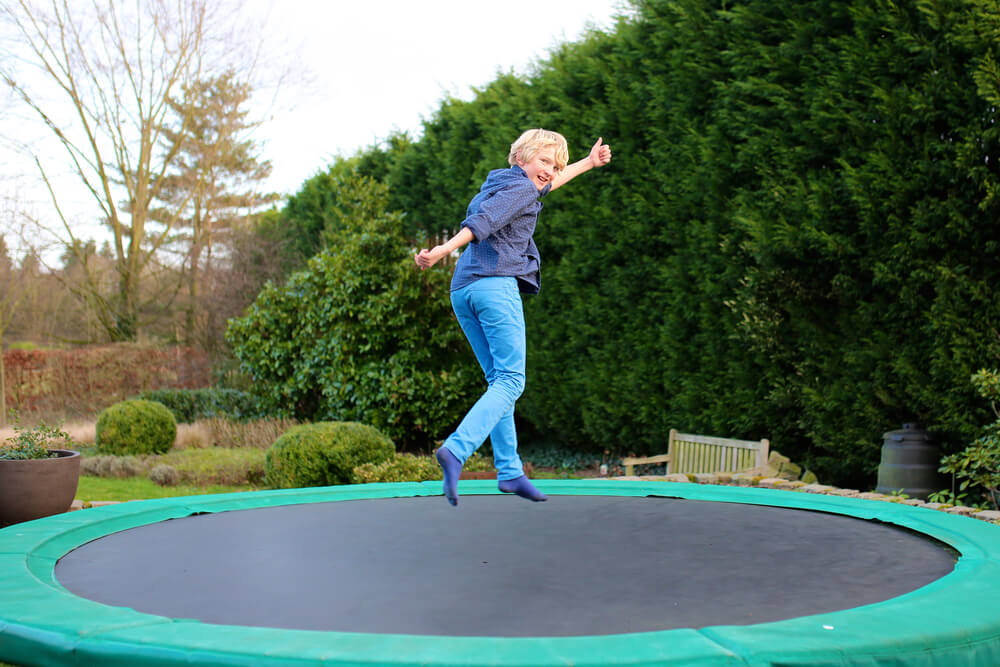Is trampoline an Olympic sport? It is a common question that many people ask. Interestingly, similar inquiries also arise about padel tennis, another sport that has gained significant attention. The story with the trampoline and the Olympics is pretty intricate.
Up until the year 2000, the trampoline was not an Olympic sport. Trampoline first became an official Olympic sport in 2000. It was only a demonstration sport in 1992 and 1996. In the year 2000, the International Olympic Committee (IOC) added a trampoline as an event to the Olympic Games. The first time that trampoline appeared at the Olympics was in the year 2000 Summer Olympics in Sydney, Australia.
After the 2000 Olympics, the IOC conducted a review of all Olympic events. As a result of this review, the IOC decided to drop trampoline from the Olympic Games starting with the 2004 Summer Olympics in Athens, Greece. In this Olympics, there were both men’s and women’s trampoline events.
The IOC decided to remove the trampoline from the Olympics because they felt that it did not fit with the “Olympic Spirit.” The IOC believes that the “Olympic Spirit” is about fair play and sportsmanship. They also believe that the “Olympic Spirit” is about athletes competing against each other on a level playing field.
The IOC felt that trampoline did not fit with these principles. The IOC was concerned that some countries were much better at trampoline than others. They were also concerned that there was not a level playing field for all athletes competing in trampoline.
As a result of these concerns, the IOC decided to remove the trampoline from the Olympic Games.
However, due to public outcry and demands to keep trampolines in the Olympics, the IOC reversed its decision and added trampoline back into the Olympic Games starting with the 2008 Summer Olympics in Beijing, China.
The International Olympic Committee has said that they would like to see more gender equality in sports. Thus, it is possible that in future Olympics games, we may see even more events for women than there are now. Only time will tell.
Why is trampolining an Olympic sport?
The short answer is that the International Olympic Committee (IOC) decided to add it as an event starting with the 2000 Sydney Olympics. It was first included in the Summer Olympics. The factors that helped this decision were that it is a popular sport with a wide appeal, both men and women can compete together on an equal basis, and there are many different countries in which the sport is practiced.
What trampolines are used in the Olympics?
The trampolines used in the Olympics are specially designed for competitive use. They are larger than normal trampolines, and they have a softer landing surface. This is because the athletes performing in the Olympics are doing so at a very high level of competition and they need every advantage they can get.
How many people compete in the Olympic trampoline?
In each gender, there are 12 competitors- 6 per team. There are 8 teams in total- 4 women’s, 4 men’s.
Is trampoline a Winter or Summer Olympic sport?
Trampoline is a Summer Olympic sport. Of course, the Olympics are held every 4 years, in a different season each time. so, it is possible that at some point in the future, the trampoline will be a Winter Olympic sport. but as of right now, it is only a Summer Olympic event.
How much does an Olympic trampoline cost?
The Olympic trampolines are not for sale to the general public. They are only used in the Olympics and other high-level competitions. However, there are many different types of trampolines on the market, and they vary in the price range. You can find a good quality trampoline for around $300-$400. However, more expensive models can cost up to $1,000 or more.
What is the difference between an Olympic trampoline and a regular trampoline?
The main difference between an Olympic trampoline and a regular trampoline is size. Olympic trampolines are larger than regular trampolines, and this allows for more bounces and higher jumps. Additionally, the landing surface of an Olympic trampoline is softer than a regular trampoline, which helps to protect the athletes from injury. Some commercial trampolines are now starting to incorporate these same features.
Where is the Olympic trampoline most popular?
The Olympic trampoline is most popular in the United States, China, and Australia. These are the countries that have had the most success in international competitions. However, the sport is growing in popularity all over the world, and there are many countries where it is becoming increasingly popular.
How high do Olympic trampolines jump?
The height that an Olympic trampoline jumper can achieve is highly dependent on their skill level. However, the world record for the highest jump is currently 5.43 meters (17.79 feet). This was achieved by American athlete David Storl.
How can I get started in Olympic-level trampolining?
If you are interested in getting started in Olympic-level trampolining, the best way to do so is to find a local club or team that you can join. There are many different clubs throughout the world, and you can find a list of them on the International Trampoline Federation website. Additionally, you can find training tips and other helpful information on the federation’s website.
What do you call someone who jumps on a trampoline?
There are a few nicknames for someone who jumps a trampoline. officially, the person who jumps on the trampoline is called a “trampolinist.”
What is the official name for Olympic trampolining?
The official name for Olympic trampolining is “power tumbling.”
This name was adopted in 2004, and it is the name that is used by the International Olympic Committee.
What is the difference between power tumbling and trampolining?
The main difference between power tumbling and trampolining is that power tumbling is performed on a hard surface while trampolining is performed on a softer surface. Additionally, power tumbling focuses more on flips and twists, while trampolining focuses more on jumps.
The Olympic trampoline is a highly specialized sport that takes a lot of practice and skill to perfect. However, with hard work and dedication, anyone can achieve success in this sport. The Olympics are a great place to showcase your talents and skills, and I hope that more people will be inspired to try Olympic trampolining in the future. But anyway, having fun on a trampoline is always the most important thing! Even if you don’t get to the Olympics, you’ll still keep in shape, improve your cardiovascular system, and relieve stress. That’s why we have backyard trampolines!

